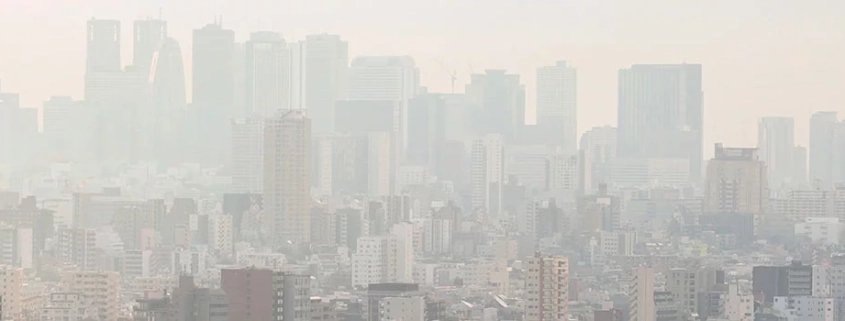Atmospheric Pollution: Causes and Symptoms
Various research projects on the number of deaths caused by atmospheric pollution observe that 3.3 to 8.8 million people in the world, mostly in Asia, will die prematurely due to symptoms related to ozone and fine particle pollution.
Ozone atmospheric pollution
This pollution should not be confused with the ozone layer located at very high altitudes. Bad ozone It is located at low altitude. such as carbon oxides (NOx) or hydrocarbons It is the result of various compounds. The main source of this pollution is cars. At high temperatures or lack of wind Since ozone remains in the atmosphere is more important.
Symptoms are versatile depending on duration and frequency of exposure as well as concentrations. They range from mild irritation of the eyes and respiratory tract (tingling in the eyes and nose) to respiratory illnesses.
Fine particles atmospheric pollution
Diameter less than 2.5 micrometers Particles that are are considered fine. These particles give shape and consistency to smokes. The main emissions come from cars, but also from forest fires and heating appliances.
These infinitely small particles pass directly through the respiratory tract unhindered and settle in the lungs. They are responsible for respiratory diseases and infections resulting from repeated and prolonged exposures over the long term.
Atmospheric pollution from nitrogen compounds
Nitrogen such as nitrogen dioxide (NO2) and nitric oxide (NO) compounds It is mainly expelled by the internal combustion engine (diesel), but also by thermal power plants or raw material combustion. Therefore, urban areas are primarily affected by this pollution.
However, nitrogen oxides are very toxic and are widely used as fertilizers in the food industry. Therefore, there is a risk when fertilizers are spread on fields, especially in rural areas


